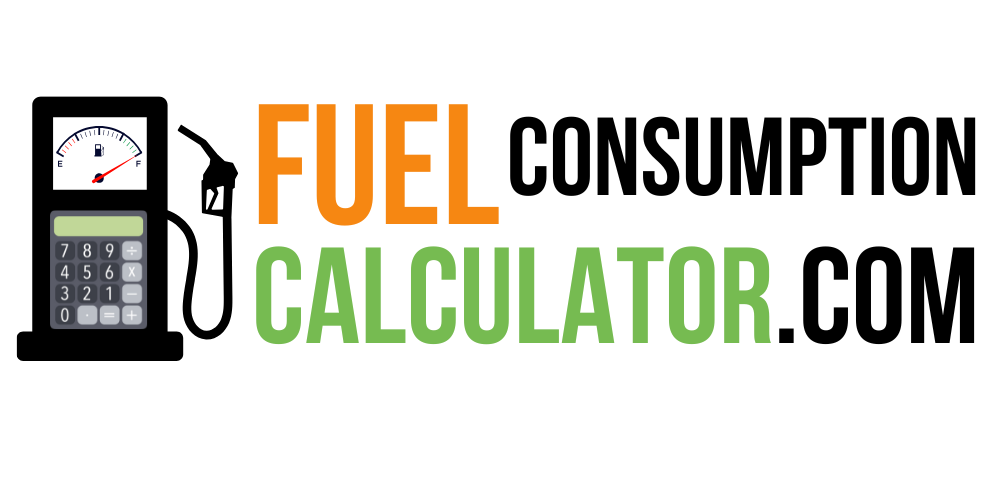Are you tired of watching your hard-earned money disappear at the gas pump? Improving your vehicle’s fuel consumption can save you money and reduce your carbon footprint. This guide will show you how to make your car more fuel-efficient. You’ll learn practical strategies to keep more cash in your pocket.
Contents
- 1 1. Maintain Proper Tire Pressure
- 2 2. Reduce Unnecessary Weight
- 3 3. Use Air Conditioning Wisely
- 4 4. Drive at Optimal Speeds
- 5 5. Accelerate and Decelerate Smoothly
- 6 6. Utilize Cruise Control
- 7 7. Practice Predictive Driving
- 8 8. Avoid Excessive Idling
- 9 9. Keep Up with Routine Maintenance
- 10 10. Plan and Combine Trips
Key Takeaways
- Properly inflating your tires can improve fuel efficiency by up to 10%
- Reducing unnecessary weight in your vehicle can increase fuel economy by 2% per 50kg
- Driving at optimal speeds between 50-80 km/h is crucial for maximizing fuel efficiency
- Smooth acceleration and deceleration can help conserve fuel and reduce wear on your engine
- Routine maintenance, such as replacing air filters and checking for issues like faulty oxygen sensors, can boost your car’s fuel economy
1. Maintain Proper Tire Pressure
According to studies, keeping your tires properly inflated can:
- Improve fuel efficiency by up to 3%
- Save $0.02 to $0.07 per gallon (assuming $3.45/gallon)
Underinflated tires by 10 psi can reduce fuel efficiency by up to 10%.
| Tire Pressure | Fuel Efficiency Impact | Cost Savings |
|---|---|---|
| Properly Inflated | Up to 3% improvement | $0.02 – $0.07 per gallon |
| Underinflated by 10 psi | Up to 10% reduction | N/A |
2. Reduce Unnecessary Weight
The U.S. Department of Energy states that every 100 pounds of extra weight can lower gas mileage by up to 1%. Remove unnecessary items from your trunk to improve fuel efficiency.
3. Use Air Conditioning Wisely
Consumer Reports found that running the AC can reduce gas mileage by up to 10%. The Society of Automotive Engineers (SAE) suggests:
- Open windows for city driving
- Use AC on highways for better aerodynamics
Plymouth Rock customers saved an average of $540 a year by using their AC smartly from 10/1/2022 to 9/30/2023.
4. Drive at Optimal Speeds
Studies show fuel efficiency is highest when driving between 50-80 km/h. Higher speeds increase fuel consumption:
| Speed | Fuel Consumption Increase |
|---|---|
| 100 km/h | Up to 15% |
| 110 km/h | Up to 25% |
5. Accelerate and Decelerate Smoothly
Smooth driving can reduce fuel consumption by:
- Up to 40% by avoiding “jack-rabbit” starts and hard braking
- 20-48% by maintaining a steady speed
- 10-15% by driving at 55 mph instead of 65 mph
6. Utilize Cruise Control
Using cruise control on highways can improve fuel efficiency by up to 7%. However, manual control may be more effective in stop-and-go traffic and on winding roads.
| Feature | Impact on Fuel Economy |
|---|---|
| Cruise Control | Up to 7% improvement on highways |
| Adaptive Cruise Control | Optimizes fuel consumption during incline changes |
| Manual Control | More effective in stop-and-go traffic and winding roads |
7. Practice Predictive Driving
Studies show that smart driving and avoiding sudden stops can save up to 20% on fuel. Look ahead, anticipate traffic patterns, and maintain a steady speed.
8. Avoid Excessive Idling
Experts recommend turning off your engine when stopped for over 60 seconds to boost fuel economy by about 10%. A 3-liter engine can waste more than 1 cup of fuel for every 10 minutes of idling.
| Idling Condition | Fuel Savings (per gallon) |
|---|---|
| With A/C off | $0.01 – $0.03 per minute |
| With A/C on | $0.02 – $0.03 per minute |
9. Keep Up with Routine Maintenance
Regular maintenance improves fuel efficiency:
- Rotating tires every 5,000 miles ensures even wear
- Proper tire pressure can boost fuel efficiency by up to 3%
- A clean air filter can improve fuel efficiency by up to 10%
10. Plan and Combine Trips
The U.S. Department of Transportation states that better trip planning can reduce fuel consumption by 5 to 10%. Combining errands reduces cold starts and avoids rush hour traffic, which can increase fuel consumption by up to 40%.
By implementing these tips, you can significantly improve your vehicle’s fuel efficiency and save money on gas. Remember, small changes in driving habits can lead to substantial savings over time.

Hi, I’m Sufiyan, the developer behind this platform. I created FuelConsumptionCalculator.com to simplify fuel tracking for everyone — because understanding your vehicle shouldn’t require a degree in mechanics. I’m always working on adding more tools and content to make this site even more useful

